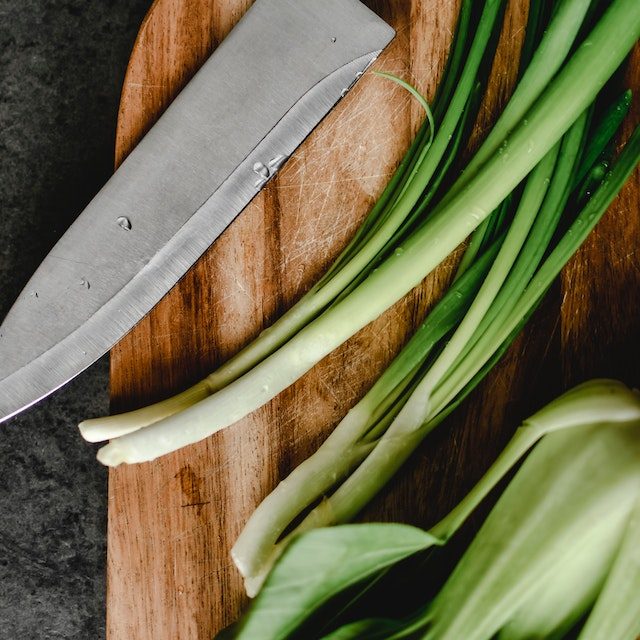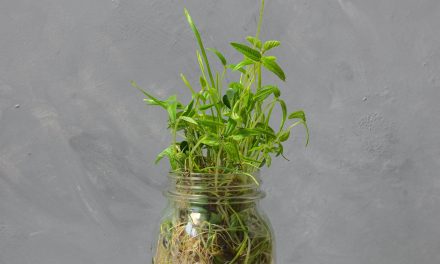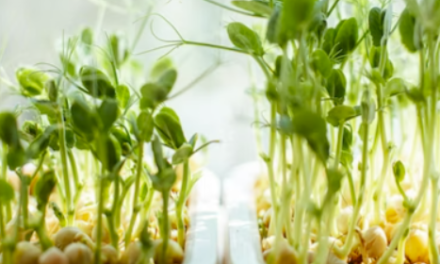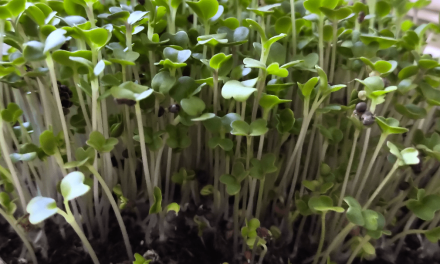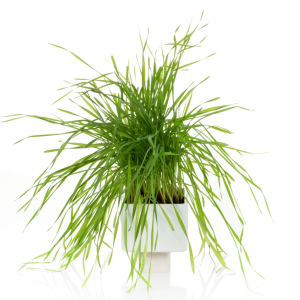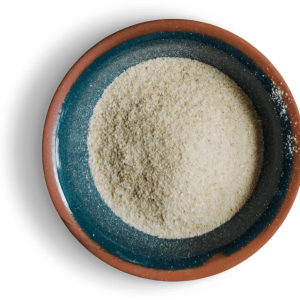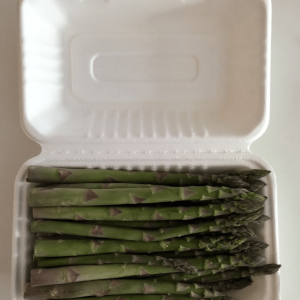Spring onions, also known as scallions or green onions, are a versatile and flavorful addition to many dishes. They can be used raw or cooked, and are a great source of Vitamin K, Vitamin C, and Vitamin A. In addition to their taste and nutritional benefits, spring onions are also relatively easy to grow, making them a great choice for both experienced and novice gardeners.
To begin growing spring onions, you will first need to select a spot in your garden that receives full sun. Spring onions prefer well-drained soil that is rich in organic matter. If your soil is heavy clay or sandy, you may need to amend it with compost or other organic matter before planting.
They are relatively easy to grow, making them a great choice for both experienced and novice gardeners. Here is a step-by-step guide on how to grow spring onions:
- Choose a spot in your garden that receives full sun and has well-drained soil that is rich in organic matter. If your soil is heavy clay or sandy, amend it with compost or other organic matter before planting.
- Select the variety of spring onions you want to grow. Some popular varieties include “Evergreen White Bunching,” “Ishikura,” and “Ebenezer.” You can purchase seedlings or seeds from your local nursery or gardening center, or you can order them online.
- Plant the seedlings or seeds in the ground, leaving enough space between each plant for growth. Spring onions grow best in cool weather, so it’s best to plant them in early spring or late fall.
- Keep the soil consistently moist, but not waterlogged, as this can lead to fungal diseases. Use mulch, such as straw or grass clippings, to suppress weed growth and keep the area around the onions weed-free.
- Thin the plants out as needed, removing some of the plants so that the remaining plants have enough space to grow. Thinning is especially important if you have planted your spring onions too closely together.
- Fertilize the spring onions regularly as they grow. Use a balanced fertilizer, such as 10-10-10, or a fertilizer specifically formulated for onions.
- Keep an eye out for pests and diseases, such as aphids, thrips, onion maggots, downy mildew, botrytis, and onion white rot. Practice good gardening hygiene, such as keeping the area around the onions clean and free of debris, and regularly inspecting the plants for signs of trouble.
- Once the bulbs of your spring onions are around 1cm wide, harvest them. Remember that you can also use the green leaves as well, and they will regrow.
By following these steps, you can successfully grow a bountiful crop of spring onions in your own garden. Enjoy the taste and nutritional benefits of your own homegrown spring onions!
You can also choose the variety of spring onions that you want to grow. There are many different varieties of spring onions available, each with its own unique flavor and characteristics. Some popular varieties include “Evergreen White Bunching,” “Ishikura,” and “Ebenezer.” You can purchase seedlings or seeds from your local nursery or gardening center, or you can order them online.
Once you have your seedlings or seeds, you can plant them in the garden. If you are using seedlings, simply transplant them into the ground, being sure to leave enough space between each plant for growth. If you are using seeds, you can either sow them directly in the ground or start them indoors in seed trays or pots, and then transplant them into the garden when they are big enough.
When planting, it’s important to keep in mind that spring onions grow best in cool weather, so it’s best to plant them in early spring or late fall. It’s also important to keep the soil consistently moist, but not waterlogged, as this can lead to fungal diseases.
Once your spring onions are planted, it’s important to keep the area around them weed-free. Weeds can compete with the onions for water and nutrients, and can also harbor pests and diseases. A good way to keep the area around your onions weed-free is to use mulch, such as straw or grass clippings, to suppress weed growth.
As the spring onions grow, you may need to thin them out. This means removing some of the plants so that the remaining plants have enough space to grow. Thinning is especially important if you have planted your spring onions too closely together.
Another important aspect of growing spring onions is to fertilize them regularly. As the plants grow, they will need more and more nutrients, and fertilizer will help to ensure that they have enough to continue to thrive. You can use a balanced fertilizer, such as 10-10-10, or a fertilizer specifically formulated for onions.
How to Grow Green Onions in Water
Growing green onions in water is a simple and easy way to have a continuous supply of fresh greens for cooking and salads. Here is a step-by-step guide on how to grow green onions in water:
- Purchase green onion bulbs from the grocery store or farmers’ market. Look for firm bulbs with white bases and green tops.
- Cut off the green tops, leaving about an inch of the white base. Place the white base in a jar or glass filled with water. Make sure the white base is fully submerged in the water.
- Place the jar or glass in a sunny location, such as a windowsill or patio. Change the water every few days to keep it fresh and to prevent the growth of bacteria.
- Within a few days, you should start to see new growth emerging from the white base. As the green shoots grow, you can use them as needed in your cooking or salads.
- When the green shoots have grown to your desired size, transfer them to the soil, if you have them, or keep them growing in water.
- Repeat steps 2-4 to continue to grow a continuous supply of green onions.
When growing green onions in water, it’s important to note that they will not develop bulbs like they would if planted in soil, and their flavor of them may be a bit milder. But this method is an easy way to have a fresh supply of greens all year round.
Another way to grow green onions is by using a hydroponic system. This will use water and nutrient solutions instead of soil to grow the plants. It will provide an almost ideal environment for growing green onions and other herbs.
By following these steps, you can easily and successfully grow green onions in water. These greens are a great addition to many dishes, they are low maintenance, and you don’t need soil to start growing them.
What to avoid when growing spring onions
When growing spring onions, there are a few things to avoid in order to ensure a healthy and bountiful crop. These include:
- Overwatering: Spring onions prefer moist soil, but too much water can lead to fungal diseases and root rot. Make sure to provide consistent and moderate watering, avoiding waterlogged soil.
- Planting in the wrong season: Spring onions grow best in cool weather, so avoid planting them in hot and dry weather. Plant them in early spring or late fall.
- Crowding the plants: Thinning is important to allow enough space for the plants to grow properly. Crowded plants can become stunted and may not produce bulbs.
- Ignoring pests and diseases: Keep an eye out for common pests and diseases such as aphids, thrips, onion maggots, downy mildew, botrytis, and onion white rot. Take preventive measures like good gardening hygiene and regular inspections.
- Using too much nitrogen: Spring onions need a balanced amount of nitrogen for optimal growth. Using too much nitrogen will encourage leaf growth over bulb development.
- Neglecting to harvest: Spring onions need to be harvested before the bulb gets too large. Over-matured bulbs will be tough and fibrous and not as tasty.
- Not using mulch: Mulching with materials like straw or grass clippings can help keep weeds at bay, retain moisture and add organic matter to the soil.
By avoiding these common mistakes, you can ensure a healthy and bountiful crop of spring onions in your own garden. Growing Spring onions will add taste, nutrition, and variety to your home-cooked meals.
Finally, it’s important to keep an eye out for pests and diseases. Some common pests that can affect spring onions include aphids, thrips, and onion maggots. Diseases such as downy mildew, botrytis, and onion white rot can also affect spring onions. To prevent or control these pests and diseases, it’s important to practice good gardening hygiene, such as keeping the area around the onions clean and free of debris and regularly inspecting the plants for signs of trouble.
With a little care and attention, you can easily grow a bountiful crop of spring onions in your own garden. Whether you’re growing them for their flavorful greens, or for the bulb itself, you’ll enjoy the taste and the benefits of your own homegrown spring onions. They are easy to grow, require little maintenance, and can be harvested in a relatively short amount of time.

